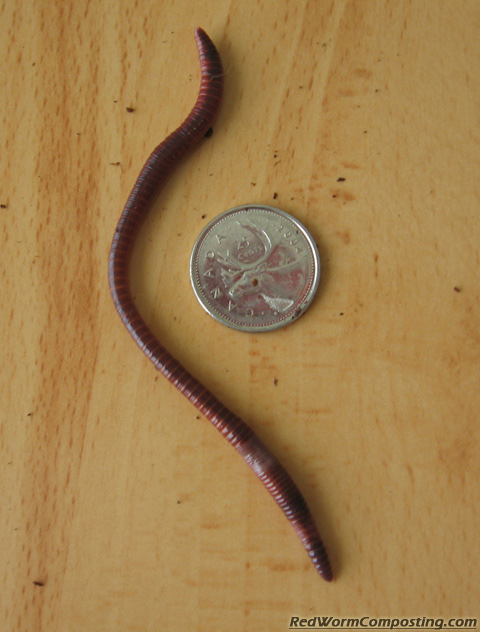Just How Red Wigglers Can Transform Your Composting Experience
The combination of red wigglers right into composting methods uses a transformative approach to lose management and soil enrichment. Understanding the specific demands and benefits associated with keeping a growing worm population is vital for optimizing their possibility.
Advantages of Red Wigglers
Red wigglers, medically called Eisenia fetida, are a cornerstone of effective composting systems due to their remarkable capability to decay raw material successfully. These worms master changing kitchen scraps, yard waste, and various other organic materials right into nutrient-rich garden compost, typically referred to as worm castings. Lake Hickory Bait. This process not only minimizes landfill waste but additionally adds to lasting horticulture methods
Among the main advantages of red wigglers is their high recreation price, allowing them to inhabit a composting environment rapidly. This rapid reproduction enhances decay prices, leading to faster garden compost production. Additionally, red wigglers thrive in a diverse series of problems, making them adaptable to different composting configurations.

Establishing Your Worm Container
Make sure that the container has water drainage openings to avoid water build-up, which can cause anaerobic problems harmful to the worms. In addition, incorporating air flow holes will help keep correct moisture degrees and oxygen circulation.
Next, it is important to offer bed linens for the worms, which can include shredded newspaper, cardboard, or coconut coir. This bed linens not only supplies a habitat for the worms however additionally aids in wetness retention.
Position the worm container in a location that keeps a temperature variety of 55-77 ° F(13-25 ° C) to optimize worm task. Stay clear of placing the container in straight sunlight or extreme temperatures. By following these guidelines, you can produce a helpful environment for red wigglers, improving the effectiveness of your composting procedure.
What to Feed Your Worms

Offering a consistent feeding timetable will certainly assist maintain your worm population prospering while enhancing the overall efficiency of your composting initiatives. By understanding what to feed your worms, you lay the foundation for a successful and sustainable composting experience.
Maintaining a Healthy And Balanced Environment
Producing a growing composting setting for red wigglers requires interest to their environment, as it directly influences their health and performance. The excellent environment must maintain a well balanced wetness level, typically in between 60-70%. Excessive moisture can result in anaerobic problems, while inadequate moisture might dehydrate the worms.

The bedding material in the garden compost need to vary and shredded, including products like cardboard, newspaper, and coconut coir. This not only gives a comfy environment but likewise serves as a food resource. Lake Hickory Bait. Consistently looking for odors or indications of parasites can help determine possible problems before they rise
Last but not least, maintaining a well balanced pH degree, ideally between 6 and 7, ensures a conducive habitat for red wigglers, fostering their capacity to process natural matter properly. By resolving these factors, you can produce a lasting and productive composting community.
Harvesting and Making Use Of Garden Compost
Harvesting compost from a worm container is a gratifying procedure that changes organic waste right into nutrient-rich product for gardens and plants. Once the composting cycle is complete, commonly after 8-12 weeks, it's time to accumulate the vermicompost. The initial step entails dividing the red wigglers from the completed garden compost. This can be done making use of techniques such as the "light" method, where worms are drawn in to light and can be scooped away from the top layers, or by relocating the garden compost away of the bin and adding fresh bedding to the opposite side, encouraging the worms to migrate.
When the worms are removed, the continuing to be compost can be filtered to get rid of any kind of bigger bits or undecomposed product. This rich compost can be applied straight to garden beds, mixed into potting dirt, or utilized as a top dressing for potted plants.
Conclusion
Integrating red wigglers into composting methods dramatically improves the decomposition procedure and contributes to the manufacturing of nutrient-rich vermicompost. The resulting worm castings boost dirt framework, fertility, and microbial task, eventually advertising healthier plant development.
Comments on “Maximize Lawn Growth with Quality Products from Red Wiggler Express”